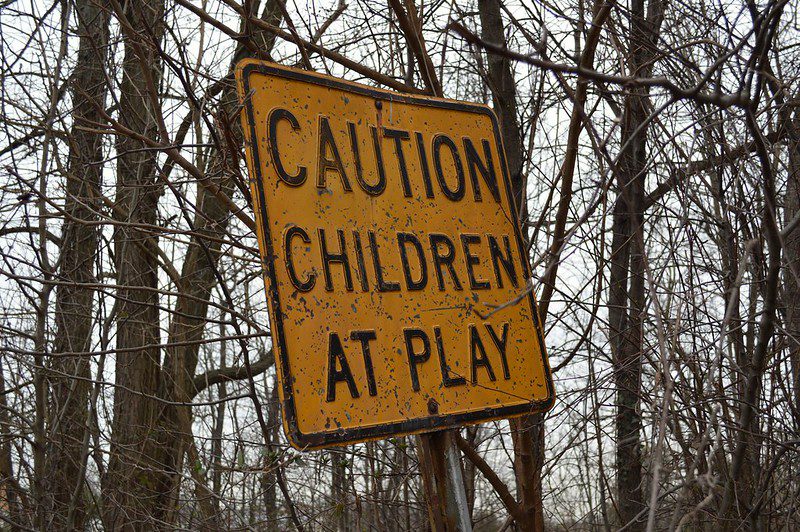After a 27-year legal battle, the planning board of Mt. Laurel, New Jersey, approved the construction of 140 units of low- and moderate-income housing. The nearly three decades of litigation resulted in landmark court decisions that created a number of housing opportunities for New Jersey residents. But as a strategy for fighting poverty and racial discrimination, were these battles cost-effective? In his review of two books about the Mt. Laurel decision, John Atlas questions an approach to social justice that relies exclusively or primarily on litigation. “The Mt. Laurel advocates had little patience for, or skills in, grassroots organizing and the slow process of changing people’s hearts and minds,” Atlas writes. And, he reminds us, it has been organizing, communication, and the action of mobilized citizens that have created the positive social changes of this century.
Other articles in this issue touch on grassroots organizing. Oscar Newman, a pioneer in “defensible space” urban planning, discusses the importance of having community residents actively involved in plans to create gated, “mini-neighborhoods” to increase neighborhood safety. Mini-neighborhood plans, Newman tells us, can lead not only to less crime but also to more “community” – more people working and socializing together around neighborhood activities. Newman describes how he developed his theories and how they were applied to the crime-riddled Five Oaks community in Dayton, Ohio. Citing the success of Five Oaks’ mini-neighborhoods, Newman writes, “It is critical that residents from every street participate in defining and planning their own mini-neighborhoods. This can be a time-consuming process that many cities would prefer to avoid. In cities like Chicago and Los Angeles, where highway departments designed the street closures without community involvement, the results have often been unsuccessful.”
In an accompanying article, Edward J. Blakely and Mary Gail Snyder describe the range of gated communities, home to about 8 million Americans – and growing fast – and discuss some of the reasons they may not be an effective way to deter crime and build community.
Organizing can be profoundly, if not always permanently, empowering. Mike Miller tells the story of the Tenderloin Senior Organizing Project in San Francisco that, over 15 years, trained tenant leaders to develop the tools and self-confidence to keep their homes affordable and safe. Unfortunately, even organizers have to eat. When funding ran out, the project ended.
Building Assets
Errol Lewis, one of the co-founders of the Central Brooklyn Federal Credit Union, warns us about an almost invisible form of redlining – low appraisals in minority neighborhoods. “As late as the 1970s, the guidebooks used to train appraisers included very specific instructions to lower the value of homes in African-American and Latino neighborhoods,” writes Lewis. “While that kind of overt racism is now illegal, more subtle biases still exist. Pittenger [chief appraiser of a Florida bank holding company] urges appraisers to stop using coded phrases like “undesirable neighborhood,” “poor neighborhood pride of ownership,” or “questionable character of residents.”
Like bank redlining, such practices affect whole communities striving to rebuild economically. “On my Crown Heights block alone,” write Lewis, “there are 61 buildings. Nearly all are brownstones built in the 1890s, with high ceilings, stained glass windows, skylights, wrought iron gates and tiled fireplaces. The average appraisal price of these housing gems is only about $85,000, an artificially low number. Assuming a 10 percent undervaluation by outside appraisers, there could be nearly a quarter of a million dollars in unrecognized wealth on my block alone. Multiply that by the thousands of blocks in Central Brooklyn, and you begin to uncover hundreds of millions of dollars in unrecorded capital.”
Changes
This month, our staff grows by two. Joining us as associate editor is Winton Pitcoff and as an administrative and editorial assistant is Miriam Axel-Lute.
Winton’s most recent job was as an editor of the Planner’s Network newsletter, produced out of the Pratt Institute for Community and Environmental Development, where he is also a graduate student in urban planning. Winton was the editor and executive director of The Alley, a local city paper in Minneapolis, a reporter for City Limits magazine, and worked on the Minneapolis Neighborhood Revitalization Program and at the Minneapolis Center for Neighborhoods. Among his roles at Shelterforce – which increase daily – he is the lead reporter for our upcoming series on Comprehensive Community Initiatives and the new “webmaster” of our web site.
Miriam is a recent graduate of Oberlin College who spent a summer with us as an intern. During that time, she wrote two articles – Battle over 13th Street, May/June 1995, and Colonias Organize, July/August 1995. We’re looking forward to more good work from her.
Next Issue
As we go to press, New York City’s rent control war has reached a cease-fire, at least for now. In the next issue of Shelterforce, we’ll take a look at the tenant and community organizers who played a key role in the battle. We’ll also explore current legislation affecting Section 8 housing, the work of nonprofit housing developers, and the lives of millions of low-income tenants.




Comments